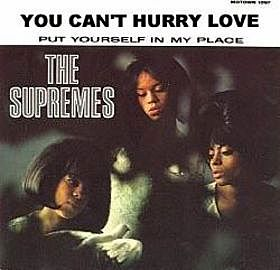F.E.A.R. (Fuck Everyone and Run) |
 |
Released: September 9, 2016 Peak: -- US, 4 UK, -- CN, -- AU Sales (in millions): -- Genre: neo-progressive rock |
Tracks: Song Title [time] (date of single release)
All tracks written by Marillion. Total Running Time: 68:10 The Players:
|
Rating: 2.958 out of 5.00 (average of 14 ratings)
|
About the Album: For their 18th studio album, the band felt “they may well have produced their best ever work.” AZ The songs do “bear the hallmark of true quality” AZ and “Marillion has certainly not mellowed with age.” AZ “With FEAR Marillion show that they are as vital and potent as ever. Peerless and, yes, fearless.” AZ “FEAR sees the band taking on the big themes but they do not see it as their place to preach to people.” AZ “The job is simple,” says Steve Hogarth. “We use the amazing privilege of having both a platform and an audience to encourage people to look in the mirror and ask themselves the big questions by doing just that ourselves.” AZ The title, while “certainly provocative,” AZ is not meant “in anger or with any intention to shock,” says Hogarth. WK It is taken from a line in the song New Kings. Hogarth said, “We’ve used FEAR as a title with some relish, but only as it shows that we haven’t shied away, but it’s said with sadness.” AZ He said, “I have a feeling that we’re approaching some kind of…irreversible political, financial, humanitarian and environmental storm. I hope that I’m wrong. I hope that my FEAR of what ‘seems’ to be approaching is just that, and not FEAR of what ‘is’ actually about to happen.” WK There are two basic impulses behind human behaviour: Love and Fear, and all the good stuff comes from love.” AZ “New Kings” “looks at the ravening beast that modern capitalism seems to have evolved into.” AZ An edit of the song was released prior to the album. “El Dorado examines the notions of political entitlement and the modern challenges for the UK.” AZ “The Leavers examines the impact of a transient life on the road for those constantly waving goodbye.” AZ Marillion “are widely considered crowdfunding pioneers” WK because of their habit of appealing to fans to finance the making of their albums by pre-ordering them before the albums have even been made. For FEAR, the band joined the online direct-to-fan platform PledgeMusic. They launched the campaign on September 1, 2015, and in a month had pledges from fans in 67 countries to buy the album. This allowed the band to tour South America and North America in 2016.
|
Resources and Related Links: Other Related DMDB Pages: First posted 8/6/2021; last updated 3/6/2022. |









